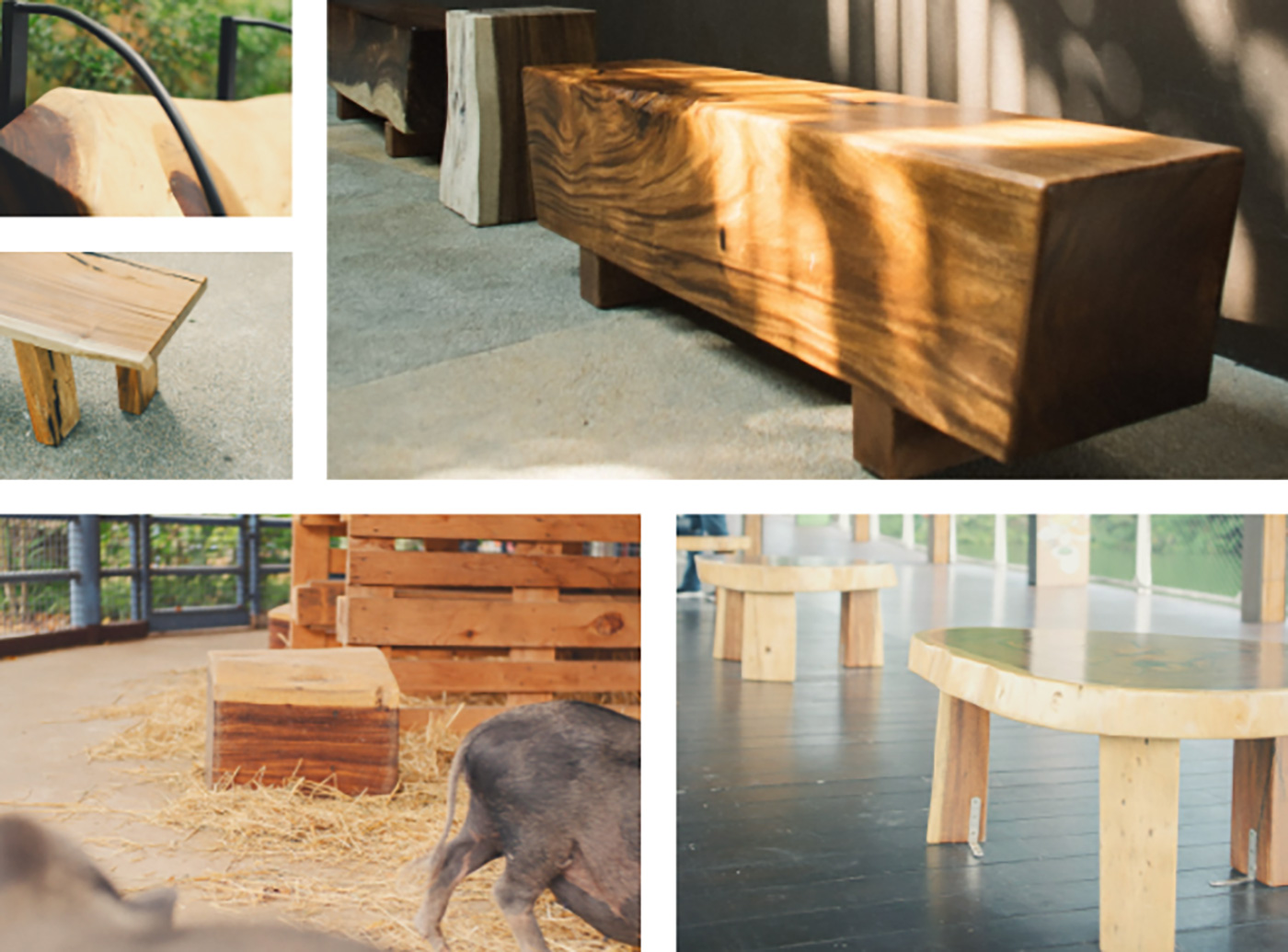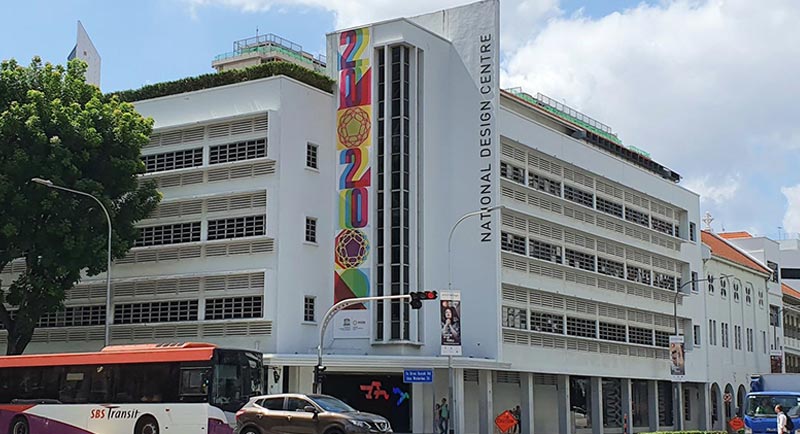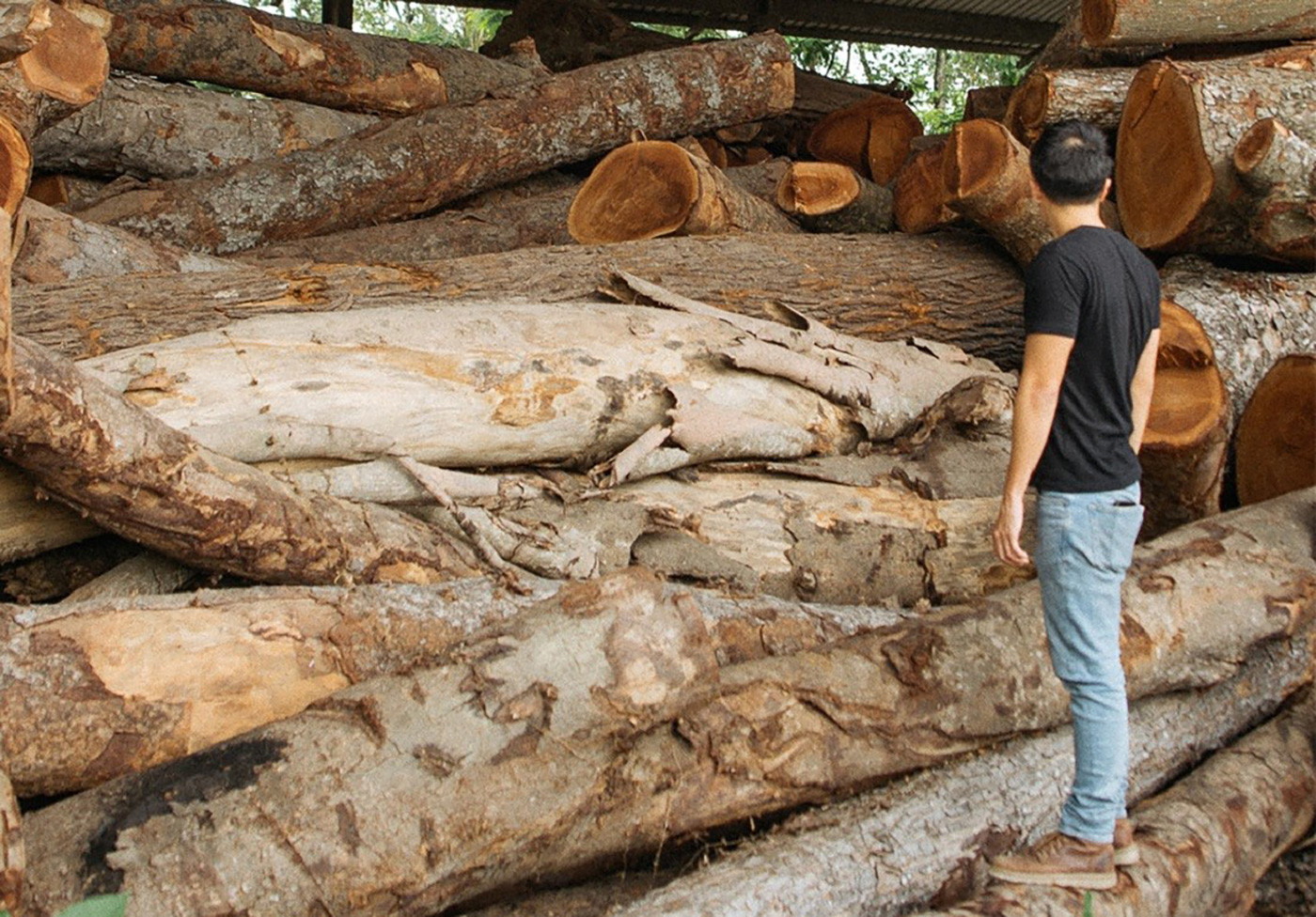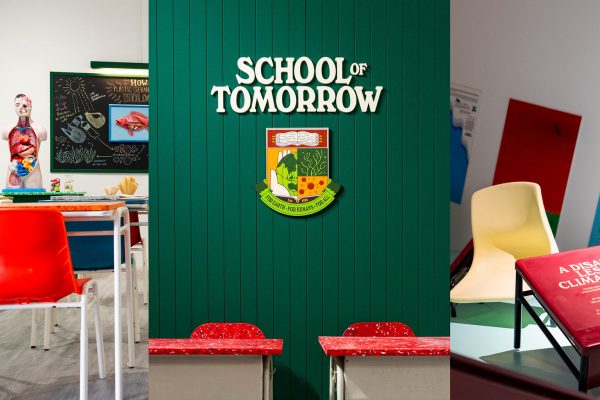More than 13,000 trees will be felled in Singapore over the next 13 years, yet these logs are not used by local designers and craftsmen due to the high costs associated with Singapore wood. Sustainable woodworking methods in Singapore are either expensive or not readily available and there is a lack of research and information on local trees. With the support of the Good Design Research initiative, Roger&Sons plans to address this challenge.
Roger&Sons will be doing so as part of the company’s ongoing efforts for The Local Tree Project, an ethical furniture initiative which salvages trees that have been felled for urban development.
We see how trees get felled regularly in Singapore – but where do they all go? Typically, these stockpiles of felled trees stay unutilized in sawmills. However, Roger&Sons hopes to develop a new and sustainable process to rehabilitate these abandoned logs so that they can be turned into durable objects and furniture.


The team will also develop sustainable and eco-friendly processes and mediums to stabilize the wood, paving the way for Singapore to make better use of the resources that we already have, rather than importing from overseas.
Project Plan
Over the course of 10 months, Roger&Sons will undertake research and development in order to better understand local wood, and the challenges encountered in its utilisation, such as wood warpage. The team will also develop sustainable and eco-friendly processes and mediums to stabilize the wood, paving the way for Singapore to make better use of the resources that we already have, rather than importing from overseas.
A conscious effort will also be made to ensure that every part of the tree is utilized, where manufacturing by-products such as sawdust and wood chips can be developed for applications such as fertilizer and packaging material.

At the end of the project, Roger&Sons will be showcasing their work at the National Design Centre. They will be sharing the eco-friendly and sustainable wood stabilisers developed, furniture and products made from local wood as part of a series of educational activities to raise awareness of local wood.
Find out more about the Good Design Research initiative.














